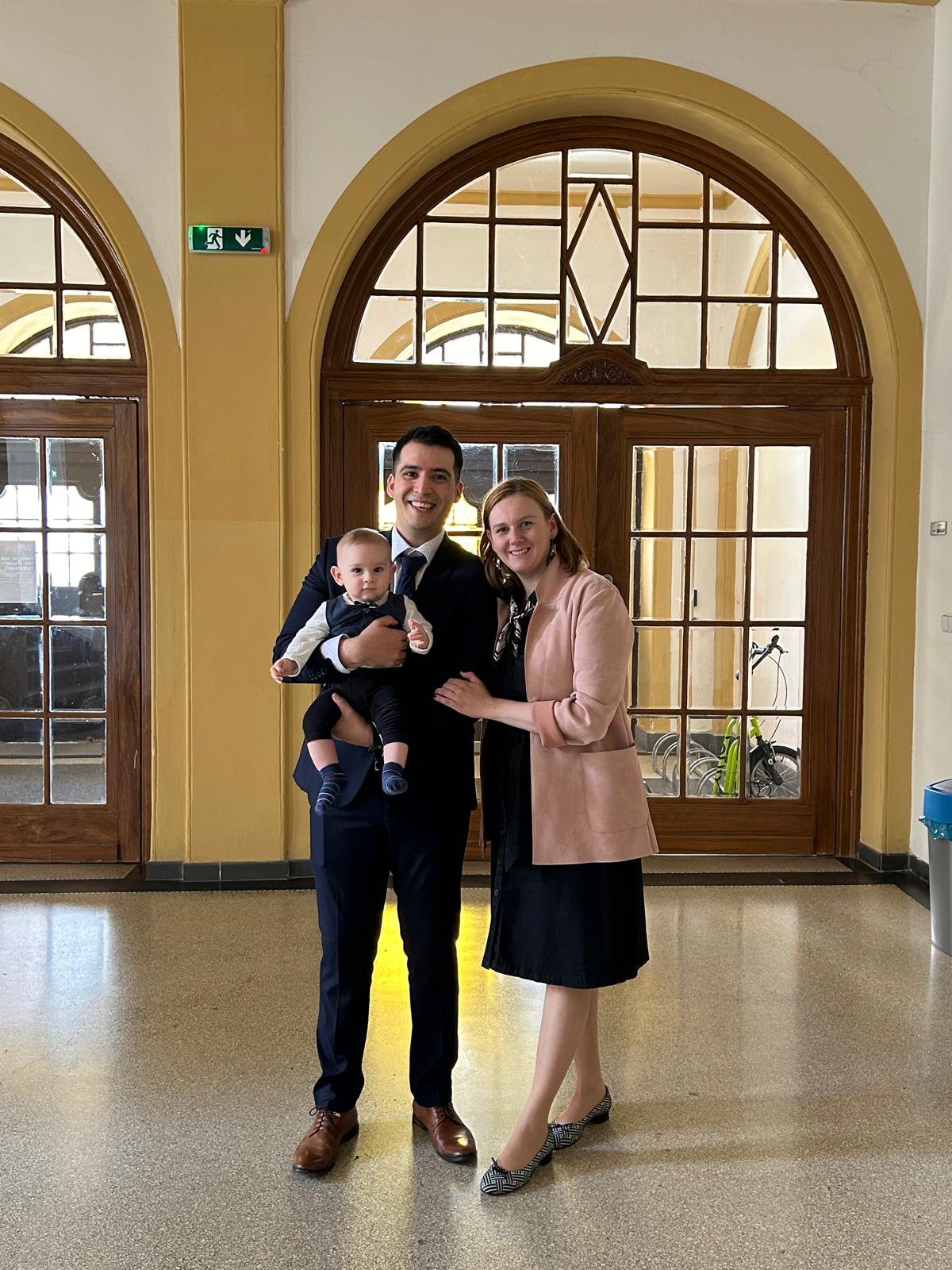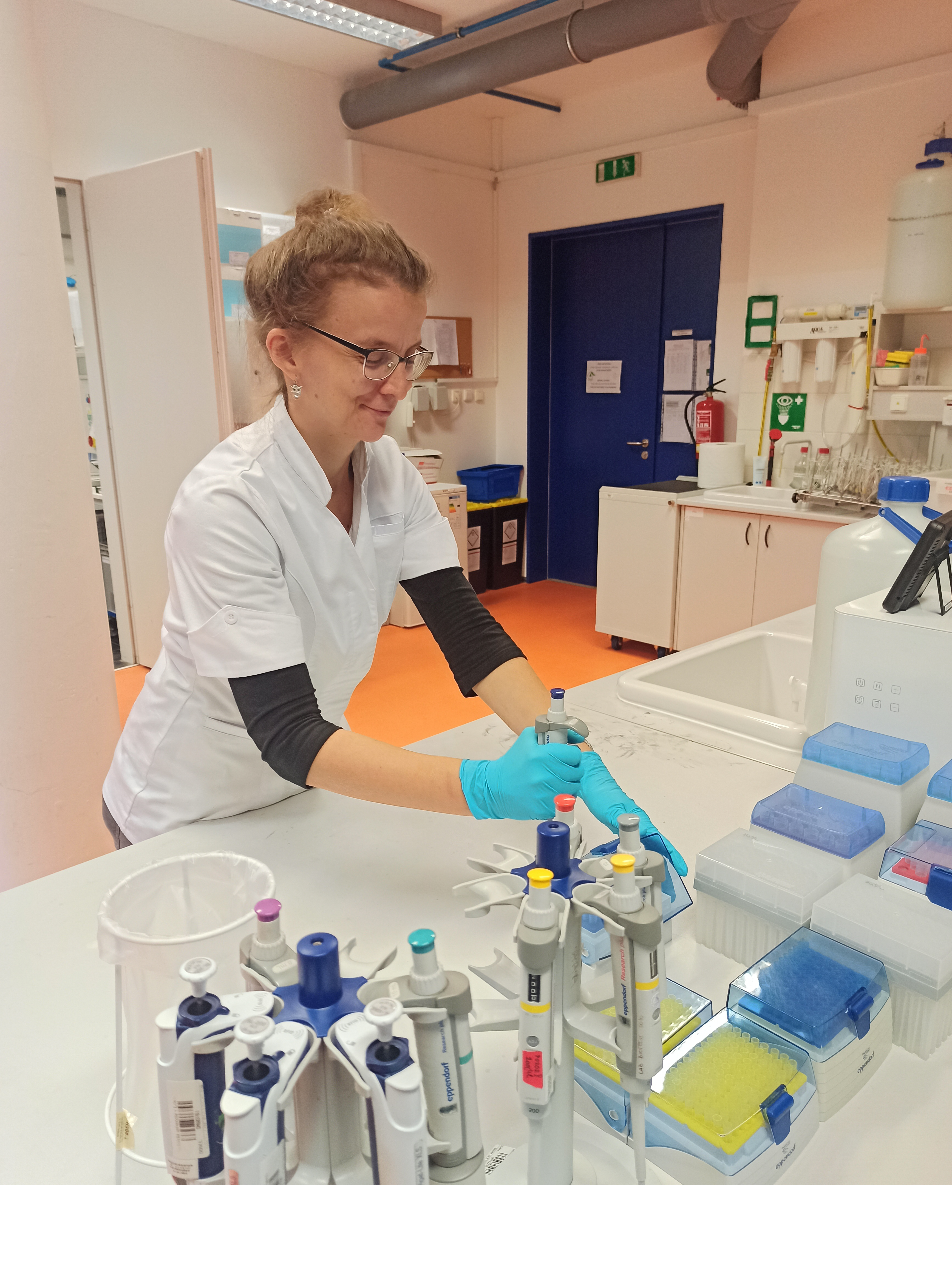Congratulations to the new academics
15. 10. 2024
At the Dies Academicus ceremony, Rector Miroslav Brzezina introduced new professors, associate professors and doctors. Among them were also scientists from CXI TUL. We present an interview with Associate Professor Rafael Omar Torres Mendieta and Dr. Magda Nechanicka.
Rafael, what is your research about?
My research focuses on understanding how laser radiation interacts with materials to develop highly precise nanomaterials. To achieve this, I concentrate on three main strategies: rearranging elements in nanocomposites, forming nanoalloys by combining different elements into single nanoparticles, and controlling the shape of nanomaterials.
What's it good for?
Over time, this approach has enabled my team and me to design and study new materials with applications in areas such as catalysis, bacteria eradication, water treatment, energy storage and conversion, smart fluids, drug delivery, and more.


What was the most difficult moment in the creation of the work?
Like many people on this journey, one of our biggest challenges is convincing lawmakers and decision-makers of the significance of our findings, especially when the technology transfer of our work is still distant.
And the best moments?
The most rewarding moments come when we can see the impact of our research—whether inspiring new technological advancements, contributing to solving complex problems, or influencing the lives of our students as they develop a passion for science.
Are you planning to stay at CXI TUL?
Fortunately, I have been awarded a Marie Skłodowska-Curie Fellowship, allowing me to advance my research for two years starting on the 1st of April 2025 alongside a leading expert at the University of Padova. Upon completing this fellowship, I plan to return to CXI TUL, bringing new insights and a broader perspective to further develop my field of study.
Magda Nechanická can write her PhD after her name.
Magda, what is your research about in a nutshell?
Possibilities of supporting biotechnological processes using nanomaterials and molecular genetic methods. In other words, I focused on sampling microbial contamination in water, for example. Nanofibers have immerged in various forms as biomass carriers and samplers. We continuously sampled them and used molecular genetic methods to investigate what grew on them and what was living in the water.
How could this be used in the future?
We want to use this method to control the presence of microorganisms in water reservoirs or large water management structures. It is more expensive and technically demanding because the water reservoir has to be drained. We are proposing a carrier where biomass would grow and then we would see the pollution.
You have also investigated the use of nanofibers in wastewater treatment. What was the next part of your research?
I have used nanofibers for wastewater treatment in laboratory reactors. The fibres serve as biomass carriers, and this has the advantage that the biomass therefore remains in the reactor. I have been monitoring whether they support the growth of nitrifying bacteria and whether they help the purification process.
What was the best and worst moment in the creation of the work?
The hardest part was putting it all together. I had to set my own deadline, which I didn't push back. (laughs)
Submitting the thesis and defending it. That was the best moment. I felt relieved that it was done and over with.
What are your plans for the future?
My future is linked to CXI TUL. I am now working on projects and trying to get more involved in international projects. I teach at a children's university. Maybe I'll get some students for their bachelor's or master's thesis.





.png)
.jpeg)
.png)
.jpeg)
.png)
.jpeg)
.png)


.png)